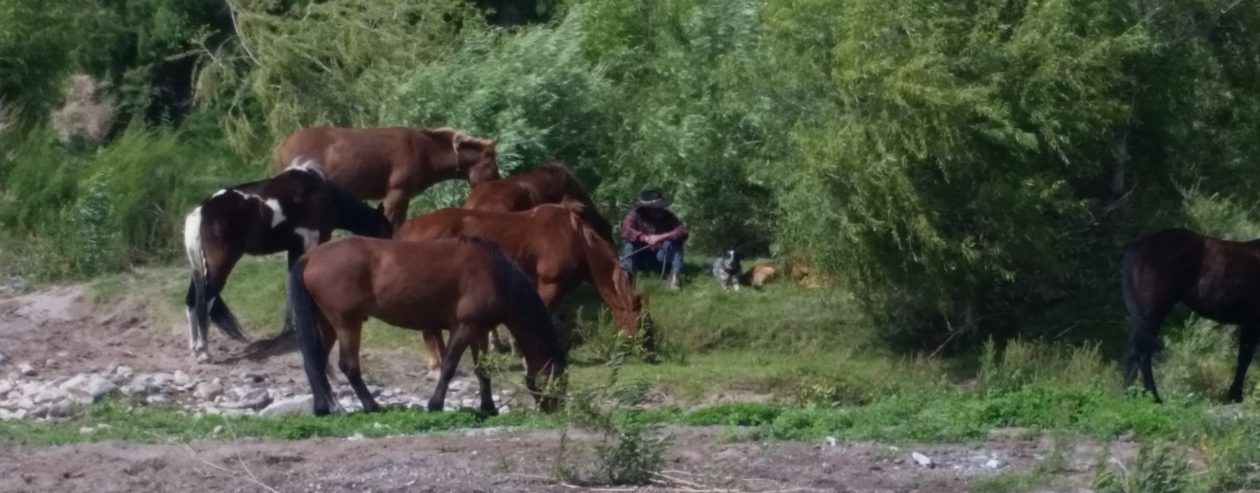After the successful repair of my buddy’s old youth saddle,
I decided to pull another old saddle out of my “to-do” bin and take a look at it.
It needed the same kind of repair as my buddy’s saddle: the front of the left side saddle tree bar had broken off from the stresses imposed by the cinch rigging. The last repair went so well, I decided it was time to get this saddle out of the bin, repaired, and get it sold to someone who could use it.
So, I started taking it apart. Here’s what I found:
This is a very cheaply made off-the-shelf saddle. Some previous repairs were evident: conchos and saddle strings had been replaced and everything reattached with screws. The seat was made in several pieces of leather, rather than one piece of high-quality firm leather. The ground seat is padded with upholstery padding, the skirts are made of several pieces of tooled leather stitched onto a heavier backing piece, to which is glued and stitched fake fleece on cloth backing (which is also in very poor condition). The machine stitching on the skirts has cut clean through the skirt backing leather, so that the backing leather must be replaced.
The tree was made to appear to be a high-quality bullhide-wrapped wood tree, but in fact, the tree was only partially wrapped in paper-thin rawhide, which was then tacked, rather than stitched, to the tree. The tree itself not only has the front of the left bar broken off, but the right bar is split through most of its length. This tree would have to be glued back together, then wrapped in fiberglass to be considered “repaired.”
This is a saddle that was made as fast and cost-effectively as possible, to then be sold as an inexpensive saddle. It was not intended to be an heirloom. It is dressed up like a good trail saddle, but it simply was not made to last. This is the kind of craftsmanship one should expect in the $500-$800 price range for today’s western saddles. In fact, the plastic trees this price-range of saddle is normally made on is superior to the tree this one was made on. Do not interpret that to mean those plastic trees are good saddle trees, just better than this one.
In the final analysis, I could put 8-10 hours into repairing the tree and replacing various leather parts, repairing the skirts, re-fleecing the skirts with real fleece, making a new horn and wrap, making a new ground seat, and re-installing all the outer leather, a total of around $4-500 in materials and labor…and the saddle would still be a cheap old saddle.
I guess sometimes you just have to say it’s not worth it.
TH









You must be logged in to post a comment.